It’s been almost 1.5 years since the Medium post by Shay Ber was published that explained how to execute a DLL as SYSTEM on a Domain Controller provided the account is a member of DNSAdmins.
I finally got around to posting here since many I speak with aren’t aware of this issue.
Shay describes this issue as follows (bolded text addedby me):
In addition to implementing their own DNS server, Microsoft has also implemented their own management protocol for that server, to allow for easy management and integration with Active Directory domains. By default, domain controllers are also DNS servers; DNS servers need to be reachable and usable by mostly every domain user. This, in turn, exposes quite some attack surface on domain controllers — on one part, the DNS protocol itself and on the other, the management protocol, which is based on RPC.
We will shallowly delve into the protocol’s implementation and detail a cute feature (certainly not a bug!) which allows us, under some circumstances, to run code as SYSTEM on domain controllers, without being a domain admin. Although this is certainly not a security vulnerability (so no panic is needed), as confirmed with Microsoft, it’s still a cute trick which can be useful as an AD privilege escalation in red team engagements.
So, how is this possible?
I will summarize Shay’s excellent technical review of this issue (this assumes DNS runs on Domain Controllers, which is the most common configuration).

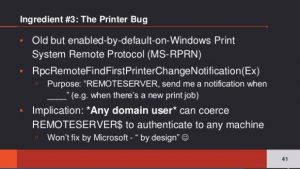
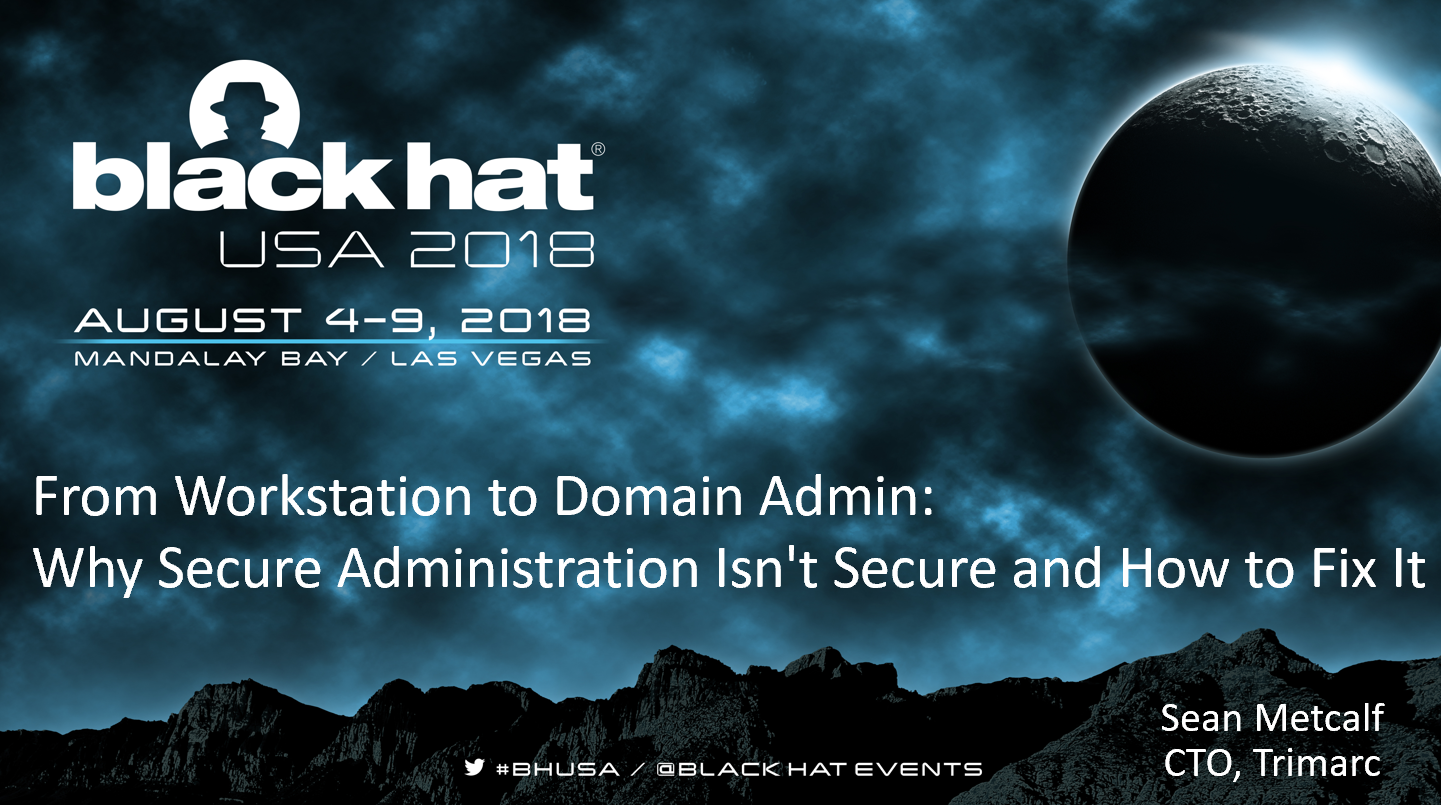
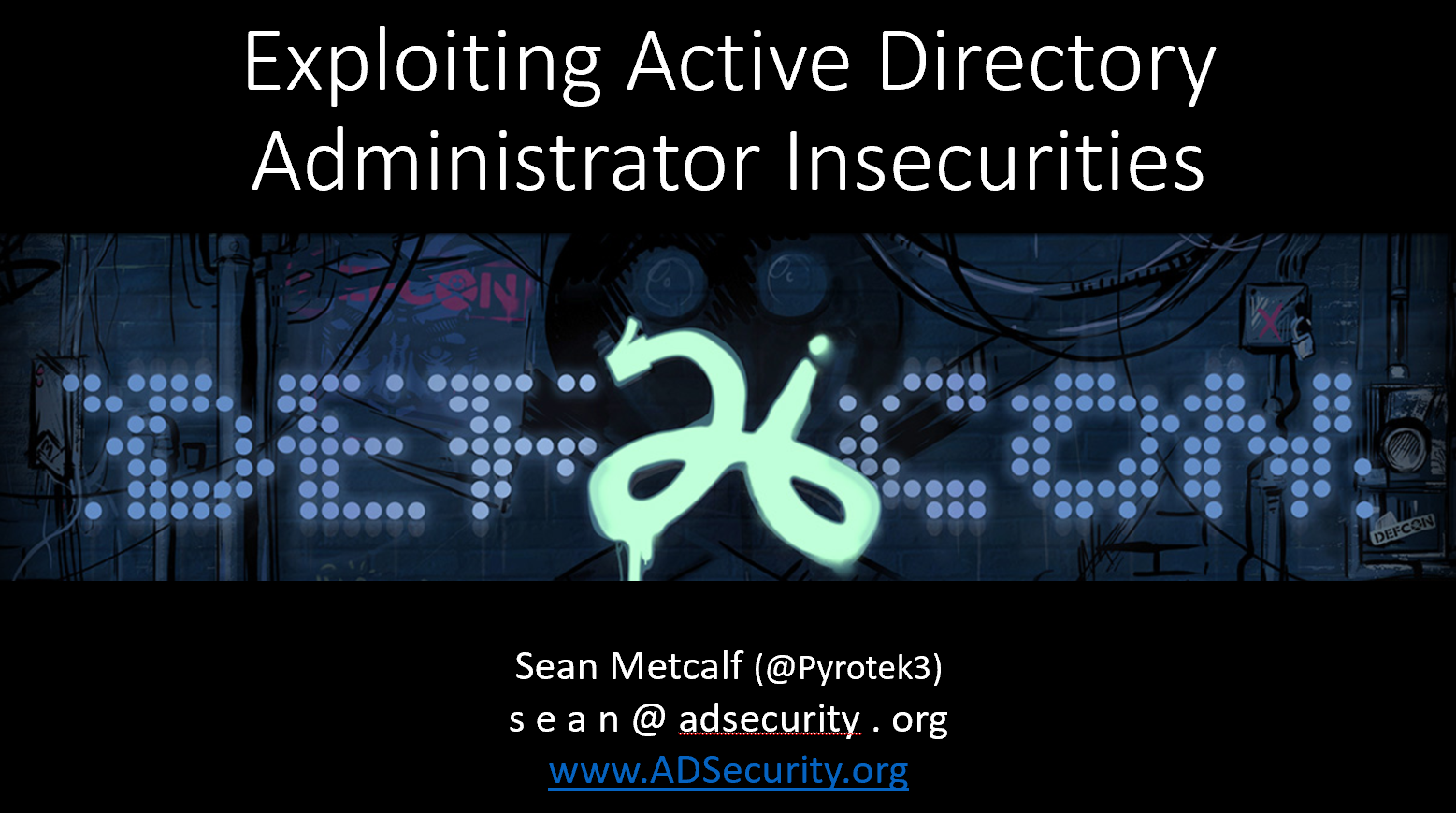
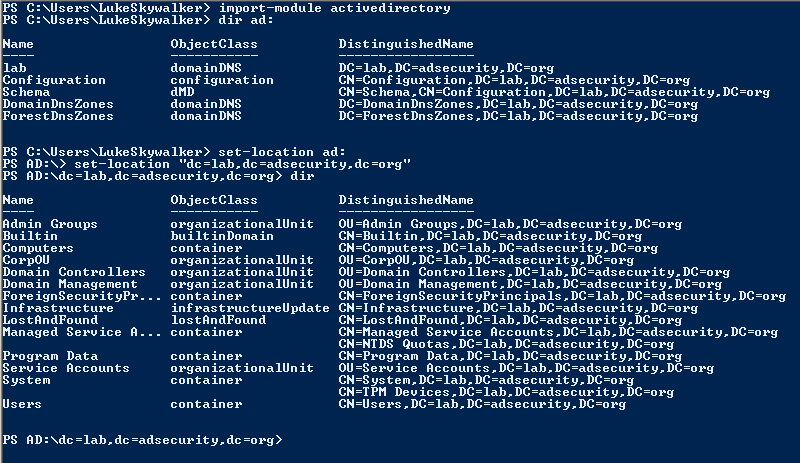
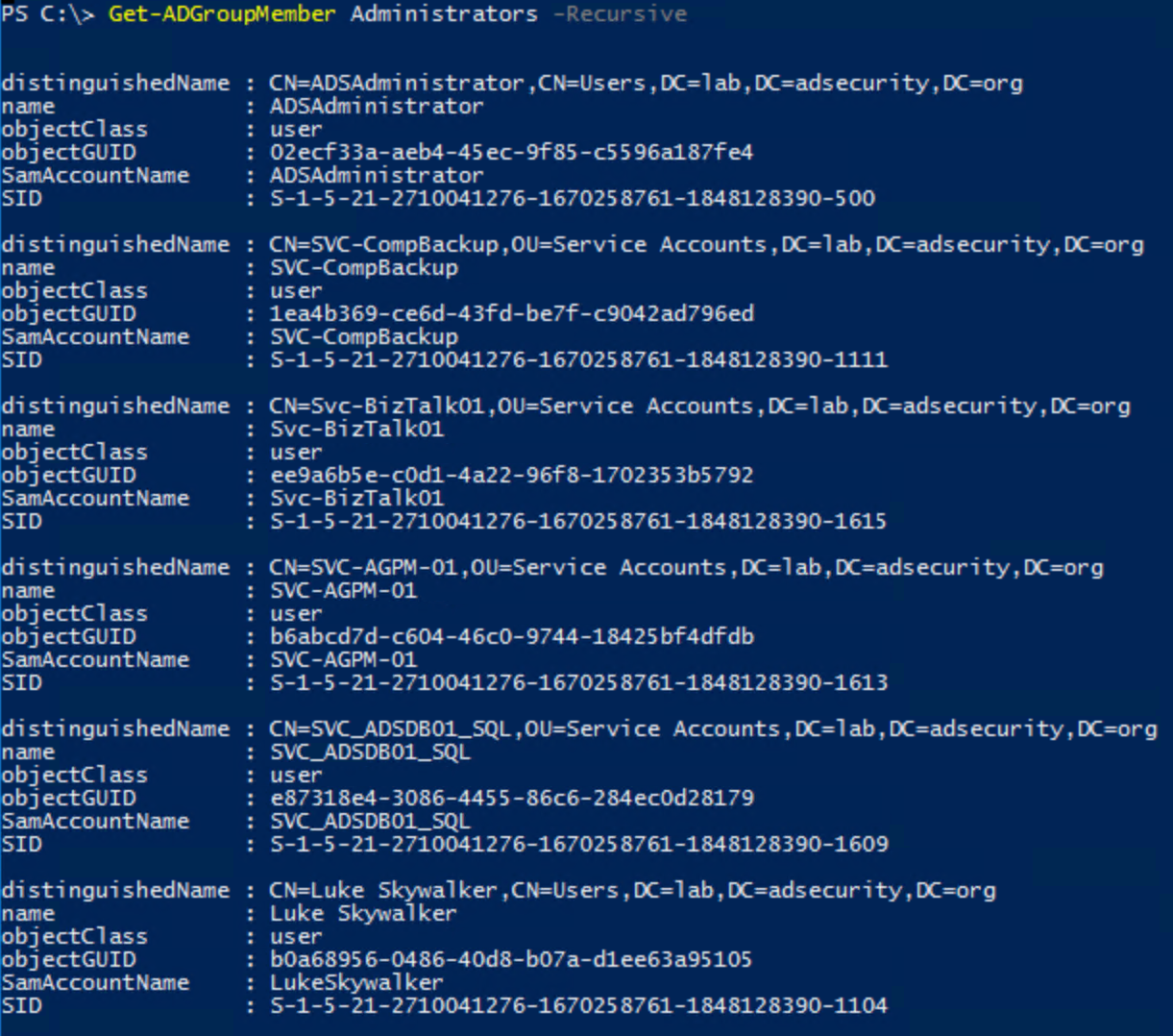
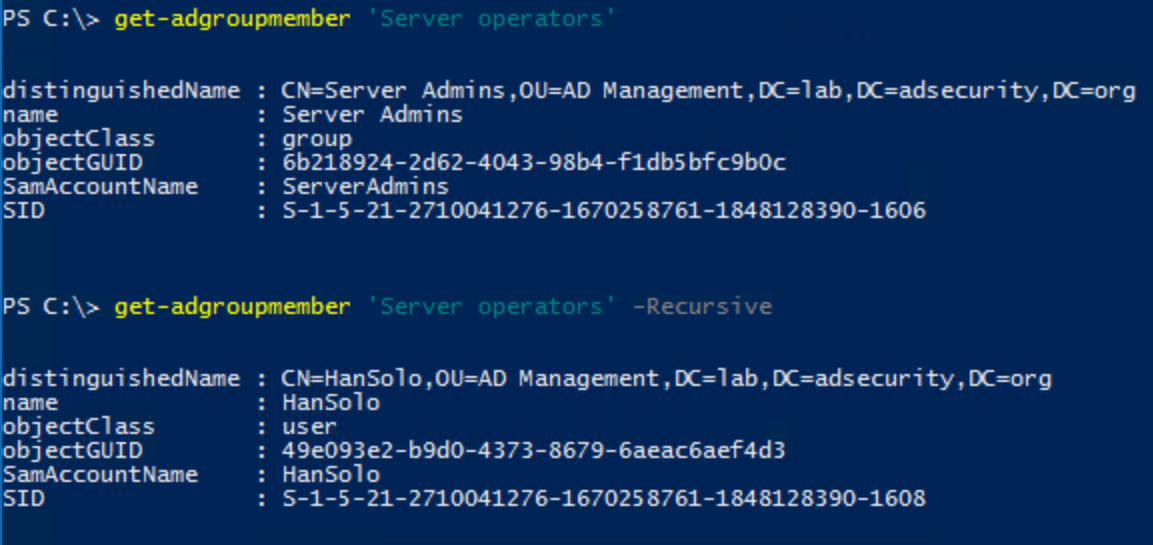
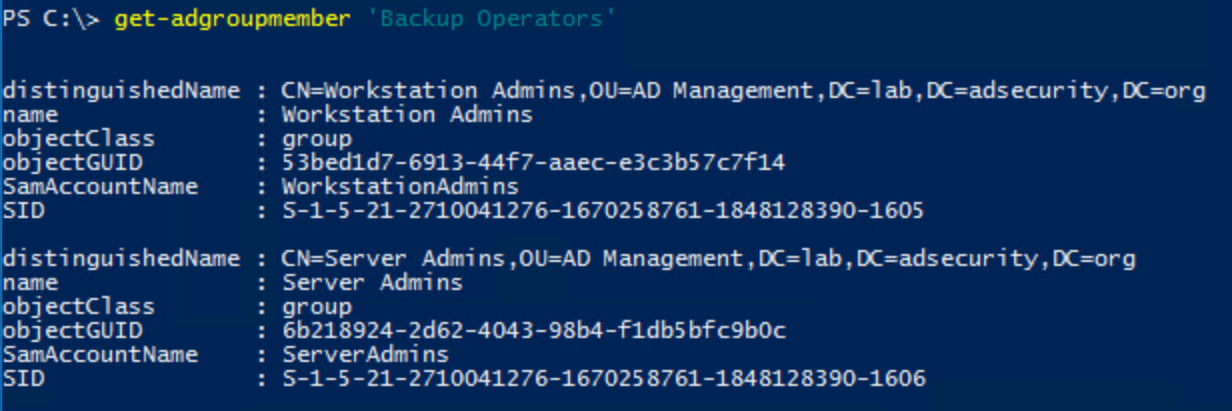
Recent Comments